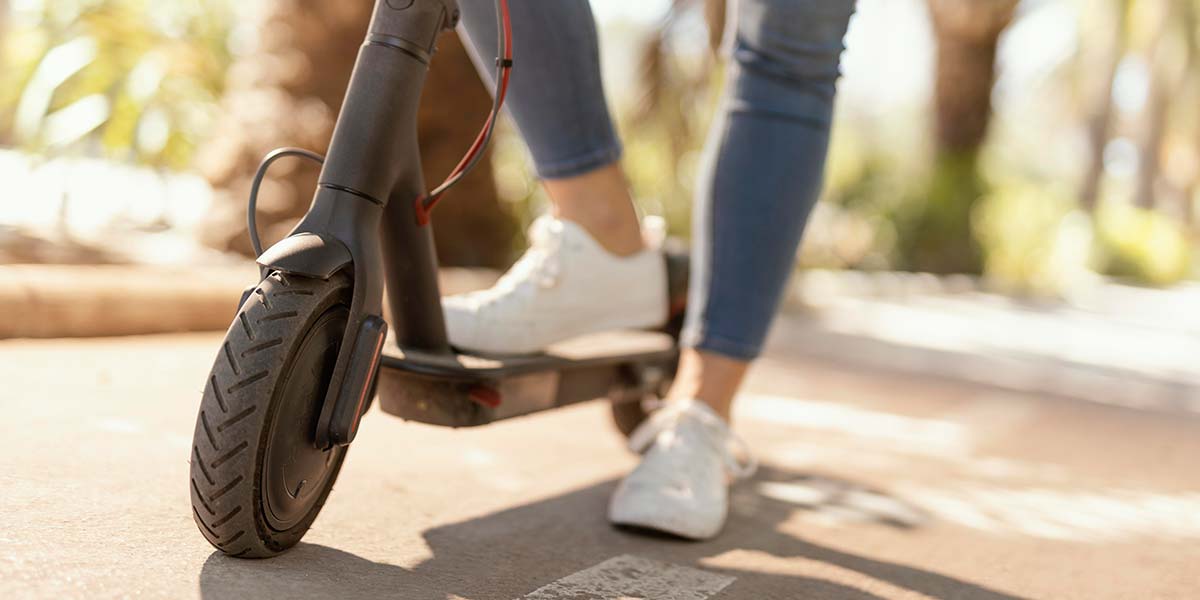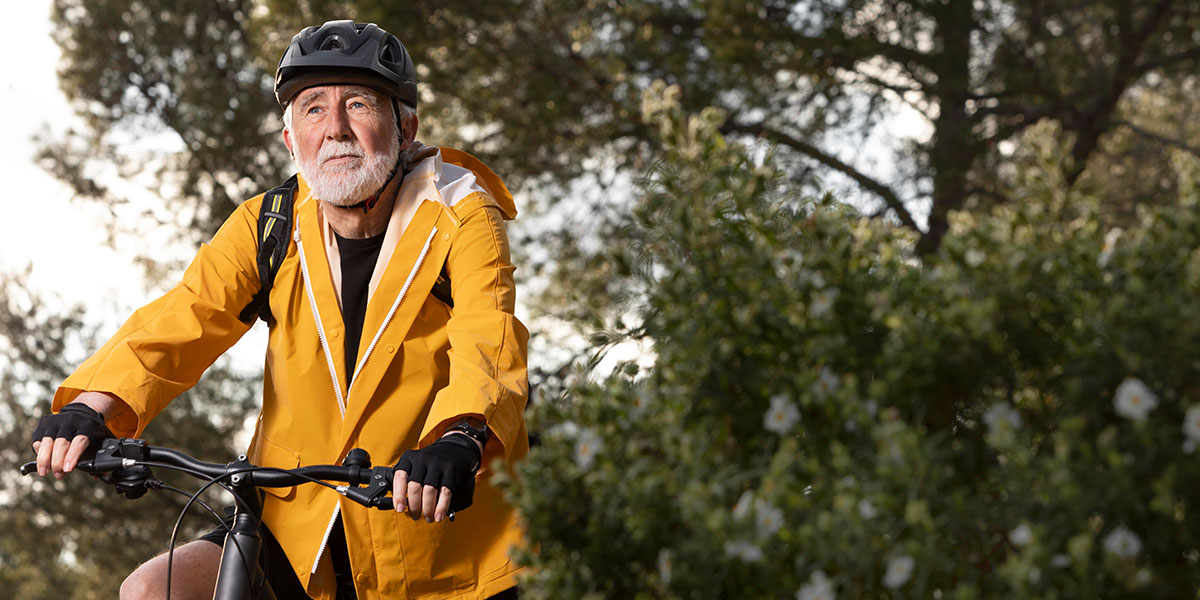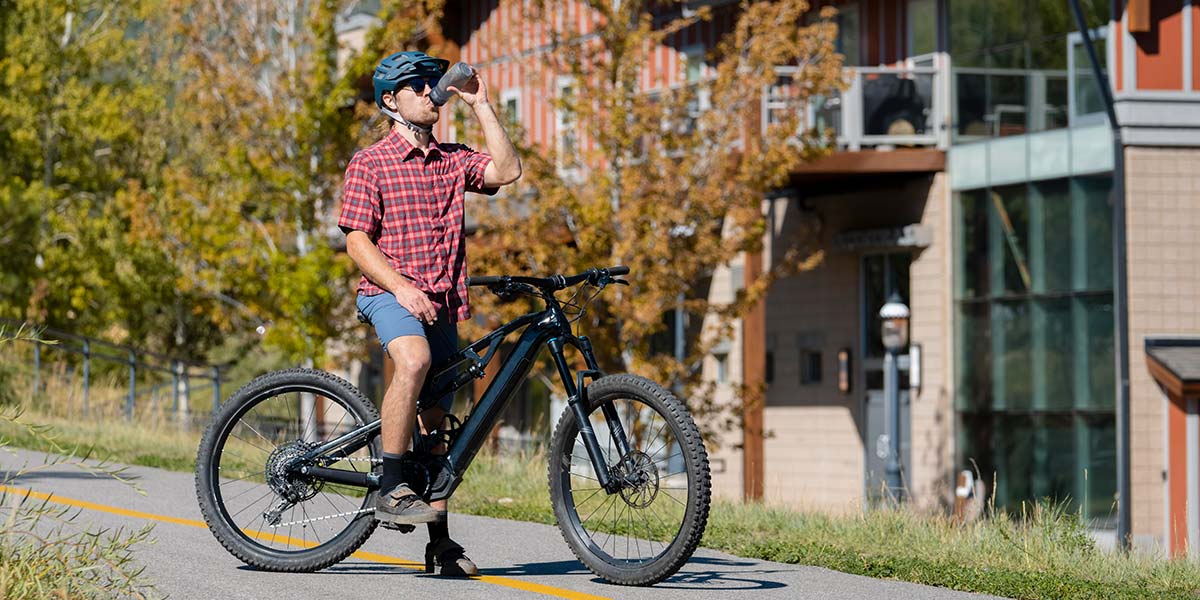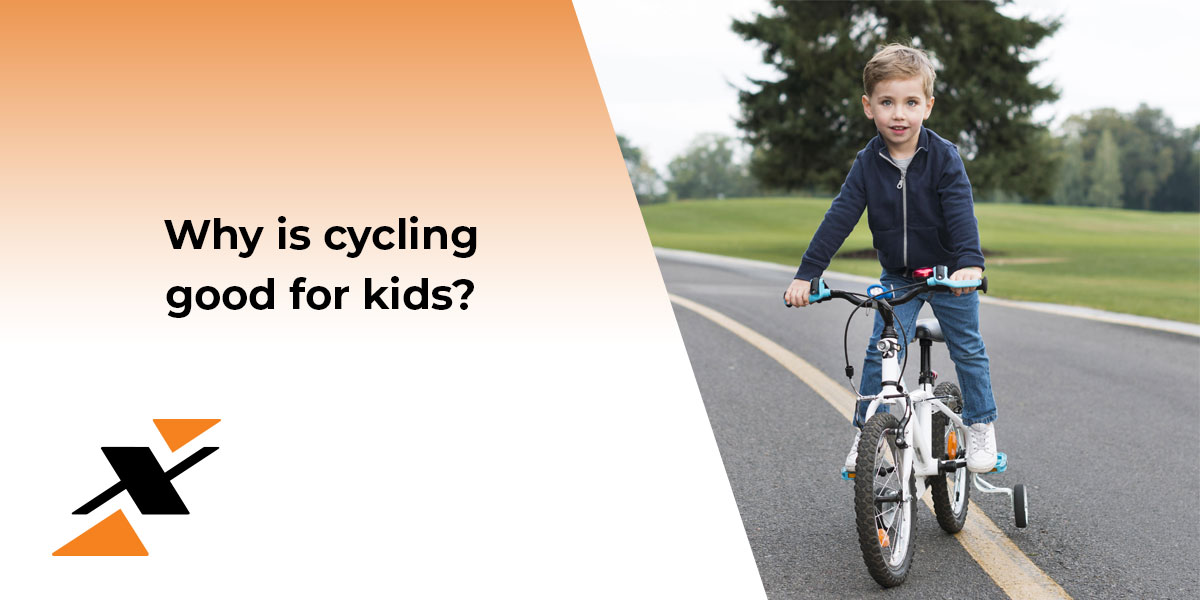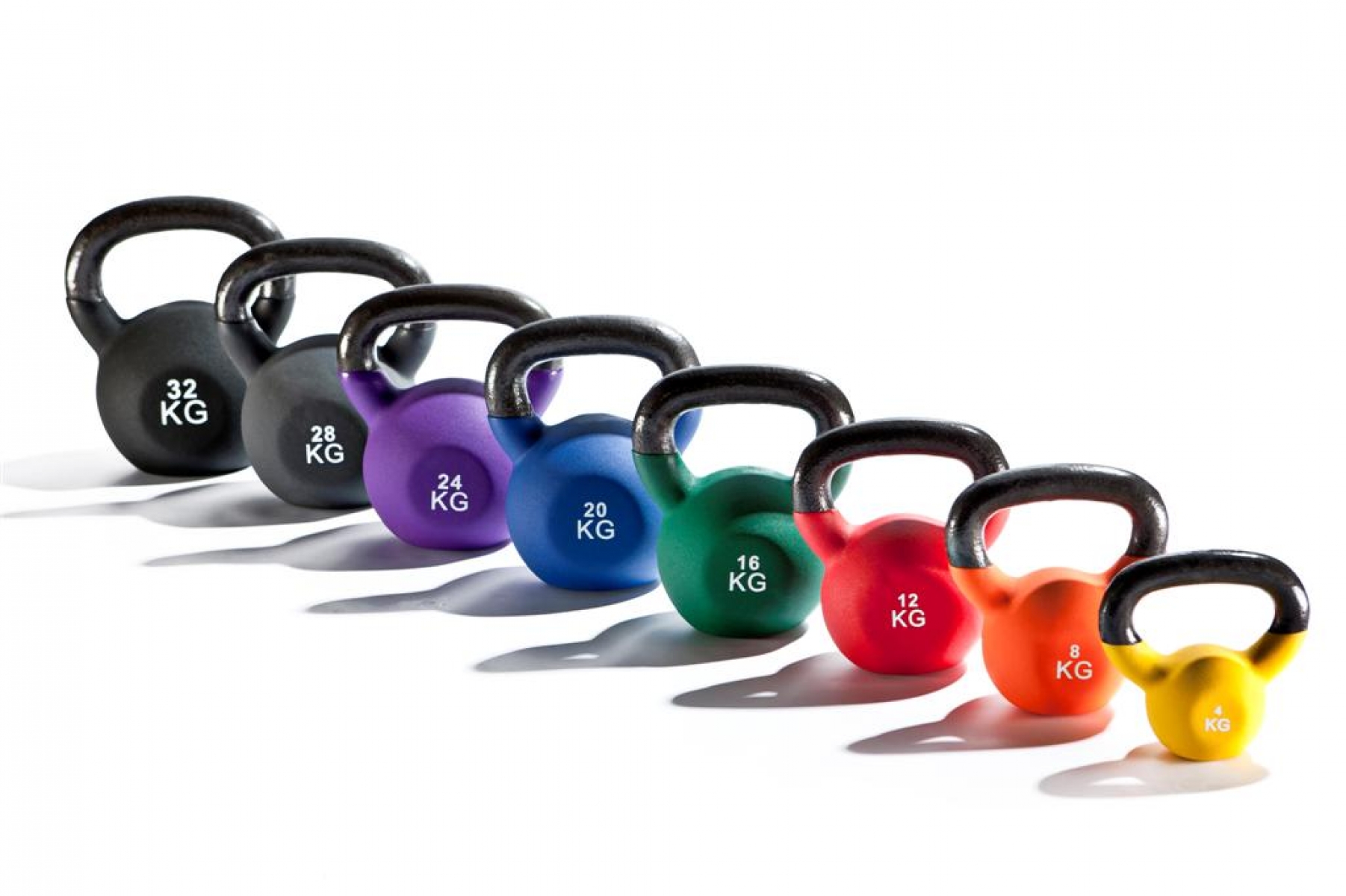If you are a beginner and starting to use kettlebells for the first time, there is a chance that you will injure yourself during your first training session.
1. Concentrate on the technique
- perform and understand all exercise movements before starting with a kettlebell
- while swinging the kettlebell, restrict your wrist rotation to avoid injuries (a very common beginner mistake)
- start slowly and divide complex exercises into simple movements, first you should get used to simpler movements, then connect them together to perform the exercise
2. Do not start too hard
- no matter the weight you are starting with (whether 10 or 40 kg), you need to slowly increase the movement range and number of reps
- it takes some time for your skin to gain resistance to mechanical stress and friction (the same rule applies for those starting with the street workout, many beginners end up with bloody blisters on their hands)
3. Hand care
- dry and cracked hands - use coconut oil before bed and use moisturizing cream during the day
- callouses - use abrasive rock while taking a shower to scrape away excess skin, callouses are normal and they indicate that your skin is getting more resistant
- chalk - chalk will dry your hands and increase friction which will only cause more problems, but if you still want to use chalk, use small amounts and apply moisturizer after the session
4. Gloves
- I personally do not recommend gloves because they decrease neurological feedback and cause forearms to get tired more quickly due to increased grip radius - if you still want to protect your hands, use cotton gloves and cotton bandages
- gloves will definitely help you avoid skin damage, but your skin will not get the needed toughness for performing exercises without gloves
5. Kettlebell's handle
- it is very important that the kettlebell's handle is smooth and crack free with no bumps or grooves
- quality kettlebells have a layer of protective coat on their handles and their main body is protected from shatter with the layer of neoprene
- if your kettlebell's handle has upper mentioned cracks and bumps, you can smoothen the handle with some sand paper and it will take some time
. What to do with open blisters?
- blisters can be avoided if you start slowly and gradually increase the number of reps
- do not remove skin flaps, press them on the blister and apply antibiotic cream
- stop training until your blisters heal or maintain with band-aids
Author: Martin Matešić





